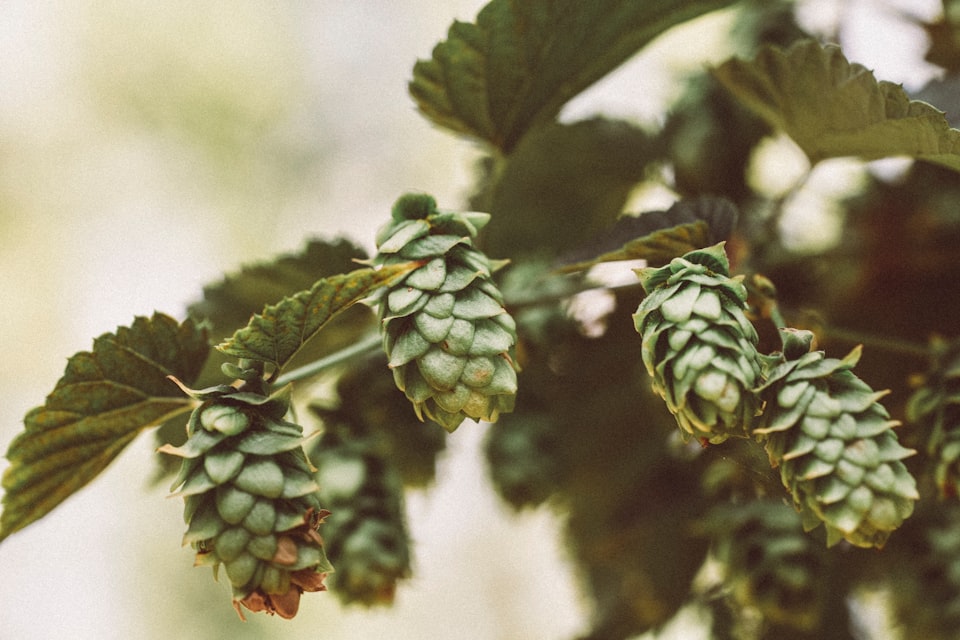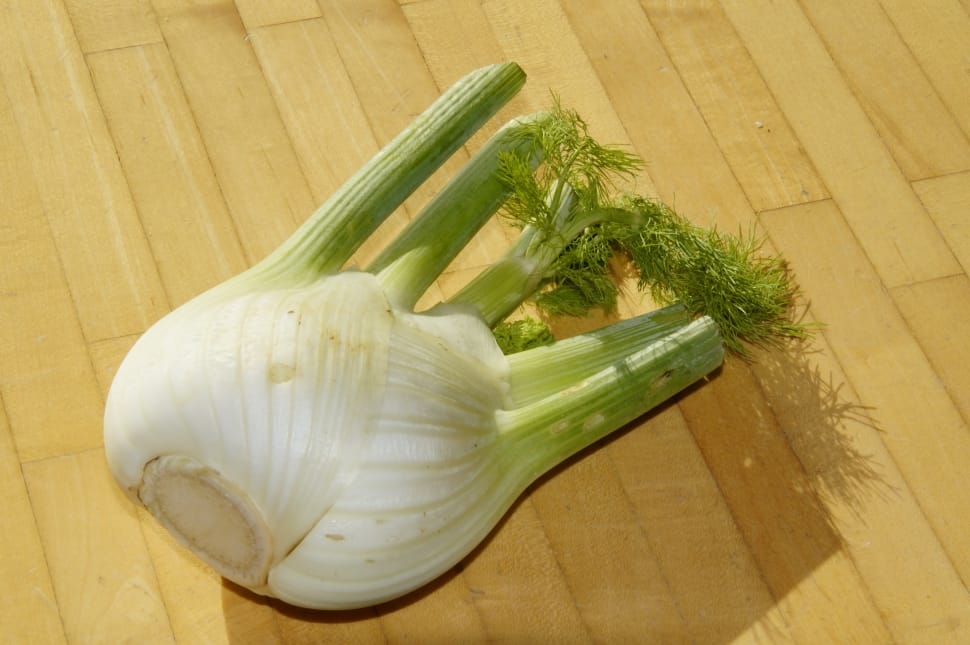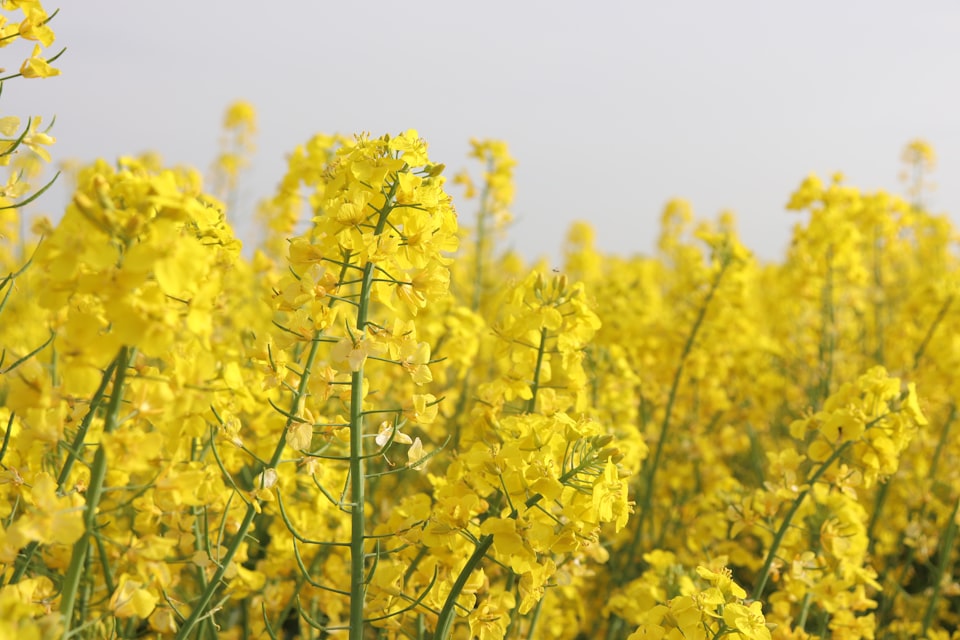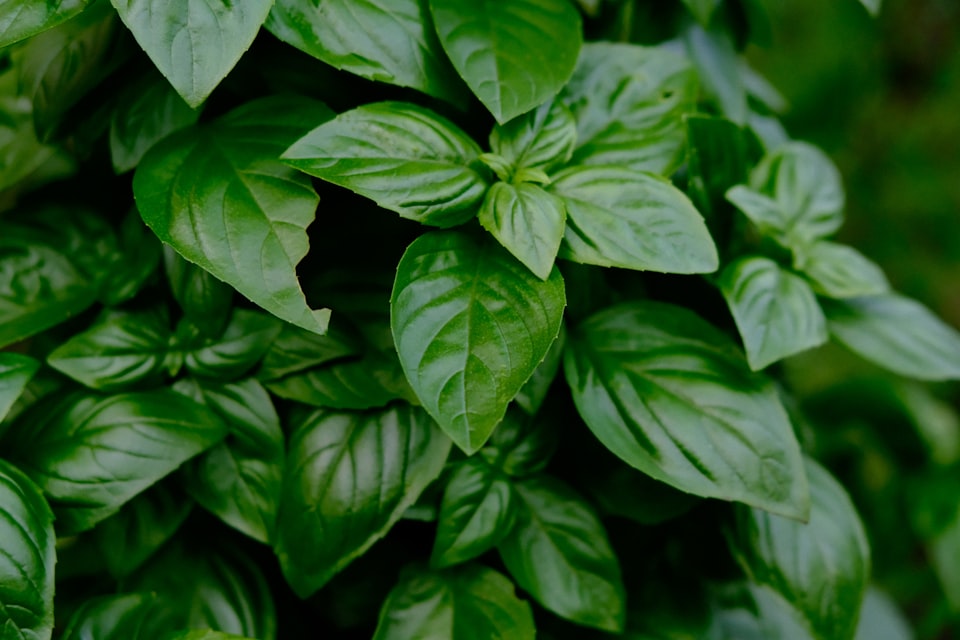IV: Bedstraw
What was the point of the Great Bed of Ware?
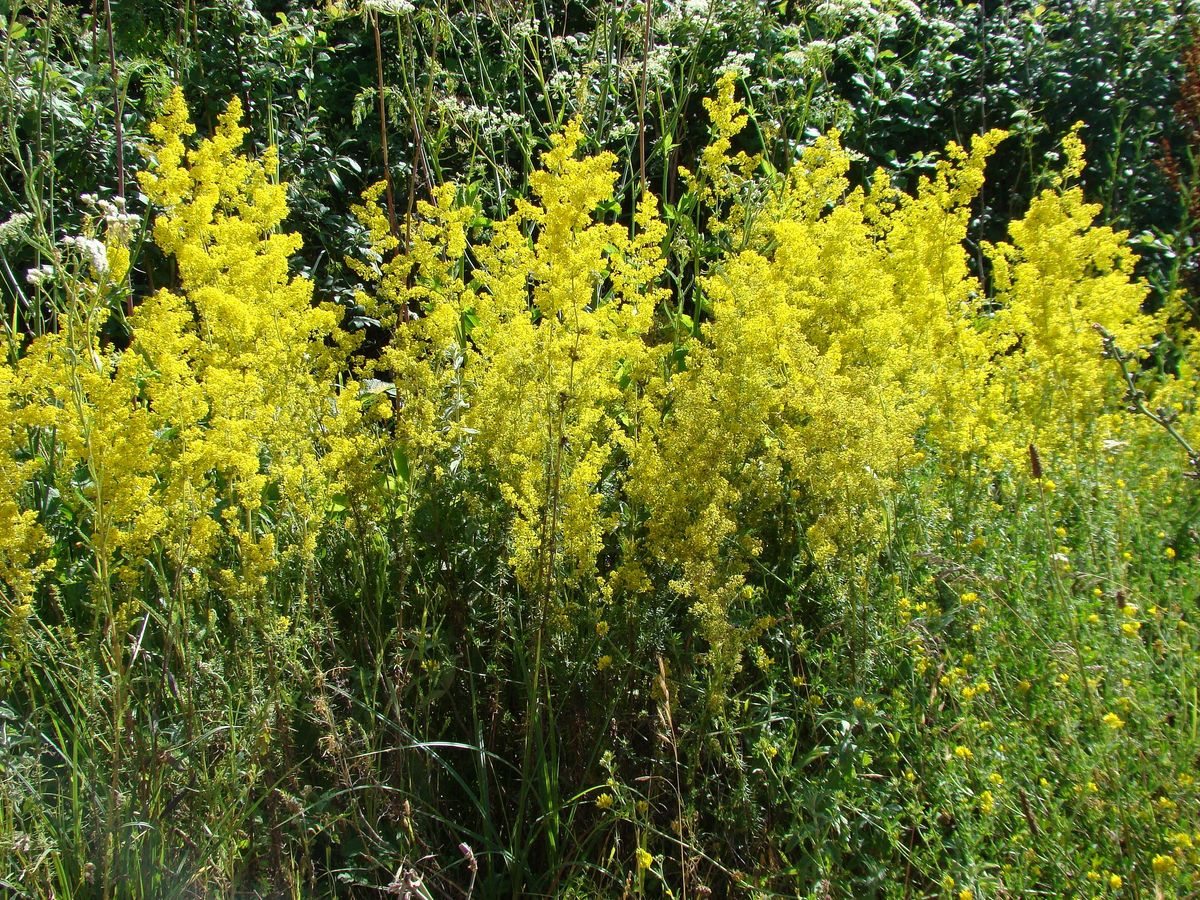
Good morning. Today is quartidi, the 24th of Prairial, Year CCXXXI. We celebrate le caille-lait, a very common swamp herb that once was used to stuff mattresses.
There once was a bed so large, 26 butchers and their wives spent the night in it. So goes the tale of the Great Bed of Ware, which still exists – lovingly tucked into a corner of the Victoria & Albert Museum in London – and is still astoundingly large. While a king-sized bed is roughly 80 inches square (depending on whether or not it's a "California" king), the Great Bed of Ware measures 120 inches wide and 132 inches long, essentially a king with a twin-sized bed tacked onto one side and then, for reasons nobody can fathom, another full-sized bed bolted sideways onto the foot.
